Considering lip fillers? Before you decide, you’ll need to weigh several factors to guarantee a safe and satisfying outcome. It’s not just about wanting fuller lips; the type of filler, potential side effects, and the expertise of your practitioner play vital roles. Hyaluronic acid fillers are popular for their safety and temporary nature, but they’re not without risks. Discussing your medical history and aesthetic goals during a thorough consultation is key. So, what should you be on the lookout for to make an informed decision? Let’s explore the essentials you should keep in mind.
Key Takeaways
– Hyaluronic acid fillers are generally safe, providing temporary volume with minimal risk when administered by a qualified practitioner.
– Common side effects include swelling and bruising, which typically subside within a few days.
– Allergic reactions and vascular complications are rare but require immediate medical attention if symptoms arise.
– Choose a certified and experienced practitioner to minimise risks and ensure proper technique.
– Post-treatment care includes avoiding strenuous activities and alcohol to reduce swelling and promote healing.
Types of Lip Fillers
When considering lip fillers, it’s crucial to understand the different types available to make an informed decision. The primary categories include hyaluronic acid-based fillers and collagen-based fillers.
Hyaluronic acid fillers are the most commonly used due to their biocompatibility and natural occurrence in the body. These fillers provide temporary volume and hydration, typically lasting six to twelve months. Brands like Juvederm and Restylane are popular options, offering varying viscosities to achieve different aesthetic results.
Collagen-based fillers, on the other hand, were some of the first used in aesthetic medicine. They’re derived from either human or bovine sources and work by boosting the skin’s natural collagen production.
However, they’ve fallen out of favour due to shorter duration and higher risk of allergic reactions compared to hyaluronic acid fillers. Modern advancements have seen a decline in collagen-based fillers, but they’re still available for those seeking specific outcomes.
Benefits of Lip Fillers
Lip fillers offer several compelling benefits for individuals seeking to enhance their appearance. One of the primary advantages is achieving a natural enhancement of the lips. Modern lip fillers, typically composed of hyaluronic acid, are designed to mimic the body’s natural substances. This allows for subtle, gradual improvements that align with your aesthetic goals without appearing artificial.
Another significant benefit is the customization of the treatment. You can work closely with your clinician to determine the exact volume and contour that best suits your facial symmetry, ensuring personalised results. This tailored approach helps you achieve the fuller, more defined lips you desire while maintaining a harmonious balance with your other facial features.
Additionally, the procedure is minimally invasive and offers immediate results. The application of lip fillers requires only a few strategically placed injections, and the outcomes are visible almost instantly.
Recovery time is generally minimal, allowing you to return to daily activities swiftly.
Potential Side Effects
While lip fillers are generally well-tolerated and safe, it’s important to be aware of potential side effects. Swelling and bruising are the most common adverse effects post-treatment.
Swelling typically peaks within the first 24 to 48 hours and can be managed with cold compresses and over-the-counter anti-inflammatory medications. Elevating your head while sleeping can also aid in swelling management. Bruising prevention is vital and can be achieved by avoiding blood-thinning medications, alcohol, and certain supplements like Vitamin E and fish oil before your procedure. Arnica montana, a homoeopathic remedy, is often recommended to reduce bruising.
In addition to these common side effects, there are rarer complications to keep in mind. These include infection, which can manifest as redness, warmth, or pus at the injection site. Immediate medical attention is necessary if these symptoms occur.
Another rare but serious side effect is vascular occlusion, where the filler inadvertently blocks a blood vessel, leading to tissue damage. Early signs include severe pain and skin colour changes. Quick intervention with hyaluronidase, an enzyme that dissolves hyaluronic acid fillers, is essential in such cases.
Understanding these potential side effects enables you to make informed decisions and take appropriate precautions.
Choosing a Qualified Practitioner
Selecting a qualified practitioner is essential for guaranteeing the safety and efficacy of your lip filler treatment. Start by verifying the practitioner’s credentials. They should be licensed medical professionals with specialised training in cosmetic procedures. Additionally, check if they’re affiliated with recognized medical boards or associations, which indicates adherence to high standards of practice.
The importance of consultation can’t be overstated. A thorough consultation allows the practitioner to assess your medical history, understand your aesthetic goals, and discuss the potential risks involved. During this consultation, you should feel free to ask questions and gauge their expertise and communication skills.
Here are three critical steps to guarantee you choose the right practitioner:
- Verify Credentials: Confirm they’ve the necessary medical certifications and specialised training.
- Check Reviews and Before/After Photos: Look for testimonials and visual evidence of their work to assess quality and consistency.
- Assess the Clinic’s Environment: The clinic should be clean, well-equipped, and adhere to stringent hygiene protocols.
What to Expect During Treatment
Having chosen a qualified practitioner, you’re ready to proceed with your lip filler treatment. The procedure typically starts with a thorough evaluation of your lip anatomy and desired outcomes.
Your practitioner will discuss the appropriate injection techniques to achieve natural-looking results. Common techniques include linear threading, serial puncture, and cross-hatching, each tailored to enhance specific areas of your lips.
Pain management is a critical aspect of the treatment. A topical anaesthetic, like lidocaine, is usually applied to minimise discomfort. Some fillers also contain lidocaine, which further helps in reducing pain during the injection. You might feel a slight pinch or pressure, but significant pain is uncommon.
During the procedure, your practitioner will use a fine needle or cannula to inject the filler. The process is precise, guaranteeing even distribution and symmetry.
The entire treatment usually takes about 30 to 45 minutes, depending on the extent of augmentation required. Your practitioner will continuously assess the results, guaranteeing the filler is placed correctly.
They may massage the area to mould the filler gently and guarantee a smooth, natural appearance. Once satisfied with the results, the procedure concludes, and you can immediately see the enhanced lip volume.
Post-Treatment Care
After your lip filler treatment, proper post-treatment care is vital to guarantee optimal results and minimise any potential side effects. By adhering to specific post treatment instructions, you can enhance your recovery timeline and ensure a smooth healing process.
- Avoid strenuous exercise: Refrain from vigorous physical activities for at least 24-48 hours post-treatment to reduce the risk of swelling and bruising.
- Stay hydrated: Drink plenty of water to maintain skin hydration and promote ideal healing.
- Use cold compresses: Applying cold compresses intermittently during the first 24 hours can help alleviate swelling and discomfort.
In addition to these measures, it’s essential to avoid touching or massaging the treated area unnecessarily, as this can displace the filler.
Abstain from consuming alcohol and tobacco products for at least 48 hours, as they can exacerbate swelling and prolong the recovery timeline.
Follow your practitioner’s specific post treatment instructions closely, and attend any recommended follow-up appointments to monitor your progress.
If you experience severe pain, prolonged swelling, or signs of infection, contact your healthcare provider immediately for further evaluation.
Cost Considerations
While proper post-treatment care guarantees ideal healing and results, understanding the financial aspects of lip fillers is equally important.
Lip filler treatments can range from $500 to $2,000 per session, depending on the brand of filler used, the expertise of the practitioner, and the geographical location of the clinic. This cost can accumulate considerably if multiple sessions are required to achieve the desired aesthetic results.
Insurance coverage typically doesn’t extend to cosmetic procedures like lip fillers, as they’re considered elective rather than medically necessary. Consequently, it’s essential to budget for these expenses out-of-pocket.
To manage costs more effectively, you might explore treatment financing options. Many clinics offer financing plans that allow you to spread the cost over several months, making it more manageable to afford high-quality care without compromising on safety or outcomes.
Before committing to a treatment plan, request a detailed breakdown of all associated costs, including potential follow-up sessions and any required maintenance treatments. Transparency in financial planning guarantees you won’t encounter unexpected expenses down the line.
Ultimately, being well-informed about the cost considerations will help you make a financially sound decision regarding your lip filler treatment.
Allergic Reactions and Complications
Despite the popularity and generally high safety profile of lip fillers, it’s vital to be aware of potential allergic reactions and complications that can arise. Allergic reactions, while rare, can occur with substances used in the fillers. Symptoms might include swelling, redness, and itching at the injection site. Severe cases could lead to anaphylaxis, a life-threatening condition requiring immediate medical attention.
Treatment complications aren’t limited to allergic reactions. Other issues can emerge, including:
- Infection: Improper injection techniques or unsterilized equipment can introduce bacteria, leading to an infection.
- Vascular Compromise: If the filler is accidentally injected into a blood vessel, it can cause tissue necrosis or even blindness.
- Nodules and Granulomas: These are lumps that can form under the skin, requiring additional treatment to resolve.
It’s important to discuss your medical history and any known allergies with your provider before undergoing treatment.
Make certain your procedure is performed by a qualified, experienced practitioner who follows strict hygiene protocols.
Longevity of Results
When considering lip fillers, it’s natural to wonder about the longevity of results. Typically, the durability of lip fillers depends on the type of filler used. Hyaluronic acid (HA) fillers, the most common choice, generally last between six to twelve months. This variability is influenced by factors such as the specific product, your metabolic rate, and lifestyle habits.
Filler durability can also be affected by the injection technique and the area treated. For instance, areas with more movement, like the lips, may metabolise the filler faster. Consequently, you might notice a gradual decrease in volume, prompting the need for maintenance.
Treatment frequency is another critical consideration. To maintain the desired look, periodic touch-ups are usually necessary. Most patients opt for re-treatment every six to nine months. However, individual needs can vary; some people may require more frequent sessions, while others might enjoy prolonged effects.
Evidence-based studies affirm that consistent, periodic treatments not only sustain the aesthetic outcome but can also stimulate collagen production, potentially enhancing the longevity of results over time.
Consulting with a board-certified practitioner guarantees that you receive personalised advice tailored to your specific needs and goals.
Frequently Asked Questions
Can Lip Fillers Affect My Ability to Kiss or Speak Normally?
Lip fillers rarely impact your kissing technique or speaking clarity if administered correctly. However, slight swelling or bruising initially may temporarily affect functions. Always consult a qualified practitioner to minimise risks and guarantee ideal results.
Are There Any Activities I Should Avoid After Getting Lip Fillers?
After getting lip fillers, you should avoid strenuous activities, excessive sun or heat exposure, and alcohol for at least 24-48 hours. Post-treatment care is essential for ideal recovery. Follow your provider’s recovery timeline to guarantee the best results.
How Do I Know if I’m a Good Candidate for Lip Fillers?
To determine if you’re a good candidate for lip fillers, consult a specialist for a candidate assessment. They’ll evaluate your lip anatomy, medical history, and aesthetic goals to guarantee you achieve ideal, evidence-based results.
Can I Combine Lip Fillers With Other Facial Treatments?
Absolutely, you can combine lip fillers with other facial treatments to achieve your aesthetic goals. To guarantee the best outcomes, consult your provider for evidence-based recommendations on combination treatments. They’ll help you navigate this path smoothly.
What Should I Do if I’m Unhappy With the Results?
If you’re unhappy with the results, discuss your dissatisfaction remedies with your provider. They can offer follow up options like hyaluronidase to dissolve the filler, or additional treatments to achieve the desired outcome.
Conclusion
In summary, while lip fillers can be a safe and effective way to enhance your lips, it’s vital to weigh all factors carefully. Choose hyaluronic acid fillers for their safety and temporary nature. Confirm your practitioner is qualified and discuss your medical history and aesthetic goals thoroughly. By doing so, you’ll navigate the path to fuller lips with confidence, avoiding potential pitfalls. Remember, an ounce of prevention is worth a pound of cure.




